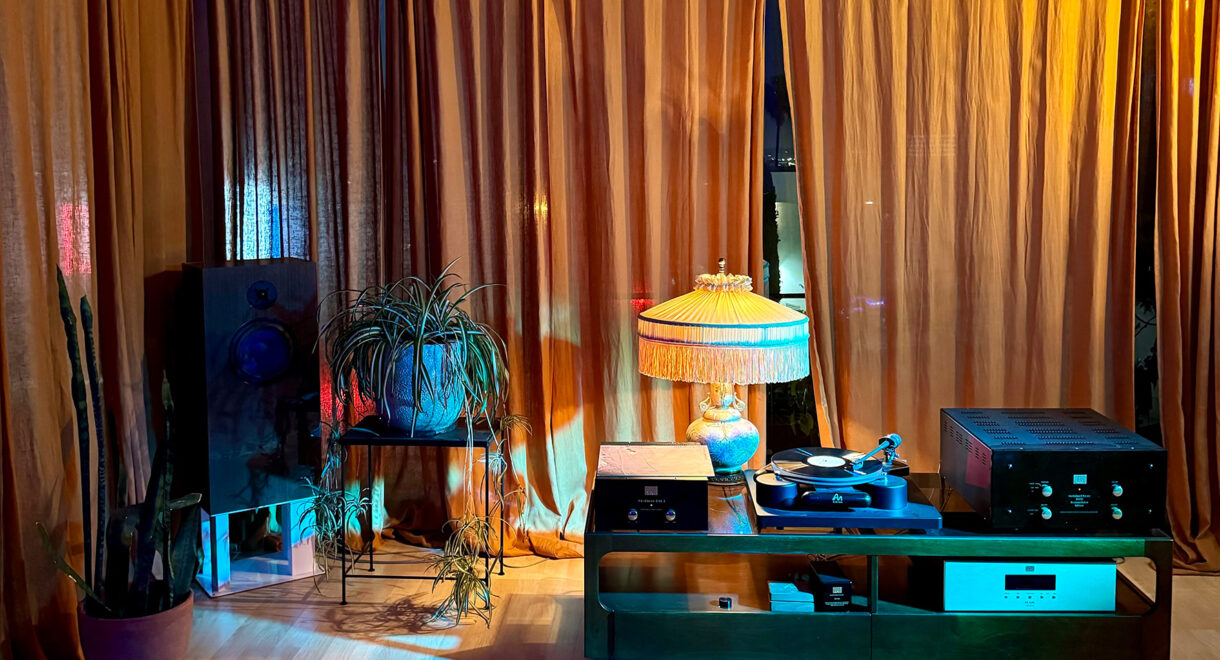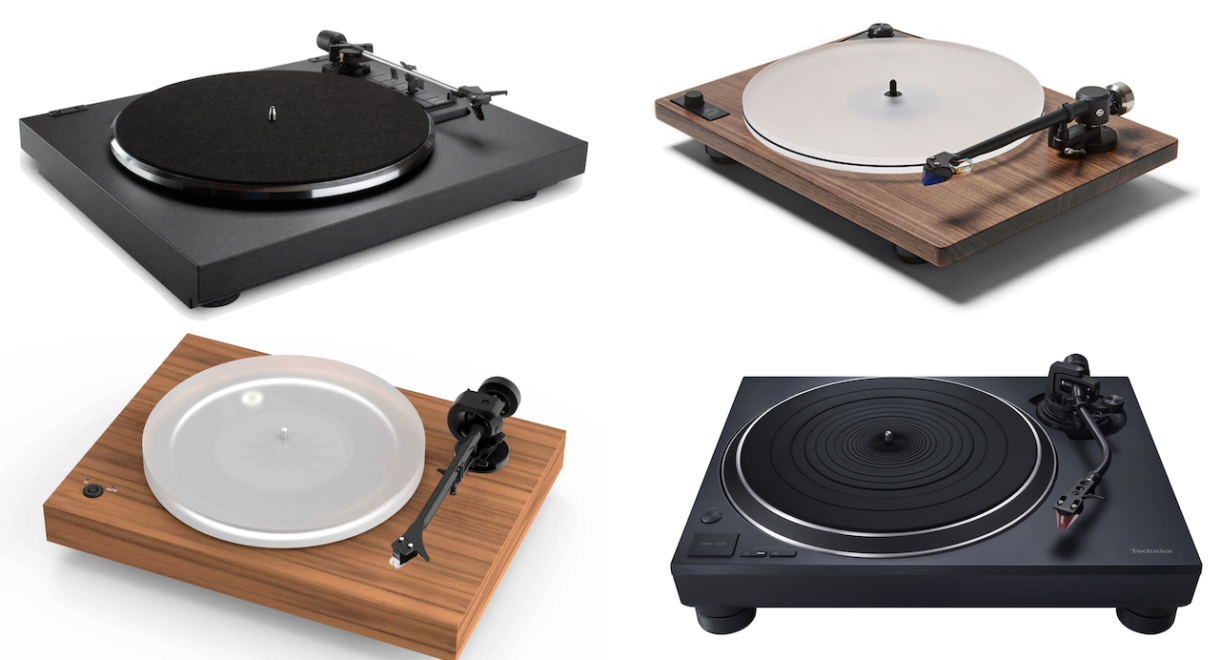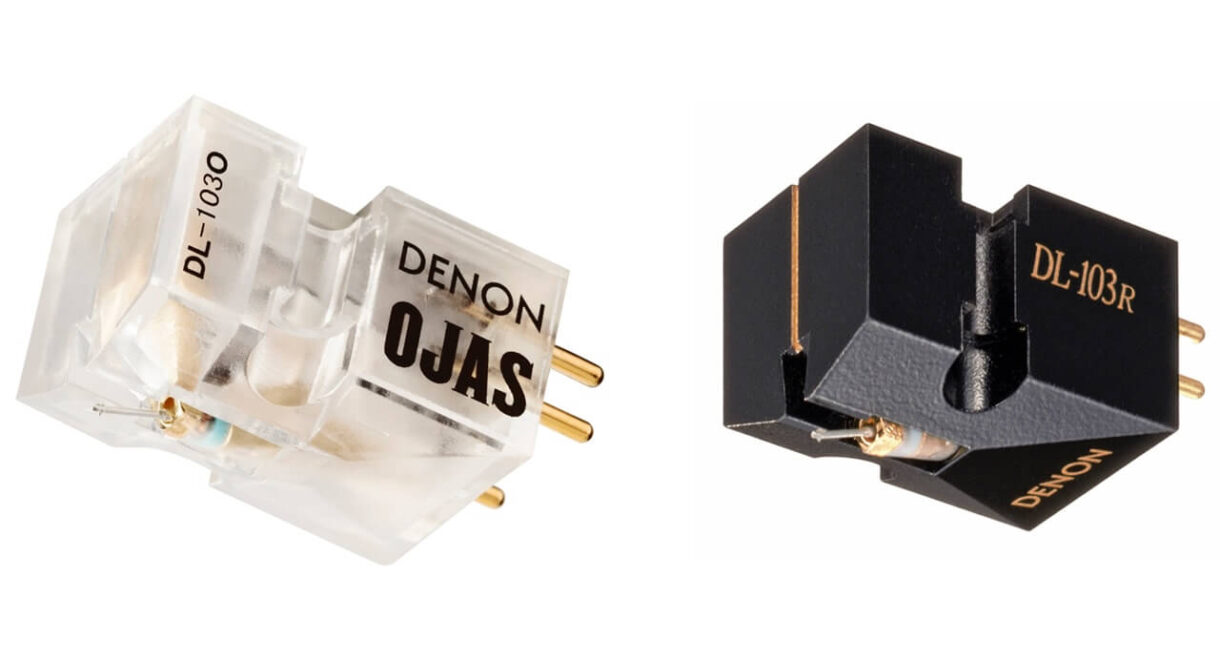Transparent clarity, deep bass, and “Invisible Sound” from German audio company ADS. Background: One of the lesser known hi-fi brands of the ’70s, ADS (Analog and Digital Systems) […]
Read This: A Primer on the Basics of Hi-Fi Stereophonic Sound

Despite being more than a half-century old, the information delivered in Introduction to Hi-Fi, a 1960 book on the basics of sound reproduction and high fidelity listening at home, remains relevant to anyone looking to better understand the magic behind great stereophonic sound. In it, British writer Clement Brown explains in simple, everyday language the way stuff works. He moves from amplifier to cartridge to speaker and beyond, writing about the mechanics of audio reproduction and essential information for the stereo-curious to absorb. The goal: Providing information that allows you to get the most out of your records.
Is it the most entertaining writing you’ve ever encountered? Nope. It’s quite dry, very staid, and written not to spark joy but convey info. As he writes in the intro:
This book has been written by a music-lover who hopes that his contribution to the cause of high quality sound reproduction will encourage others to take an interest in it. The author has concentrated on guidance and information which an association with both musicians and engineers has shown to be of practical value when considering the possibility of good sound in the home. The depth of one’s pocket has not been overlooked in describing the desirable features of high fidelity equipment for reproduction from records, tape and radio.
Available on the fantastic archival magazine site WorldRadioHistory, the book offers perspective for a few different types of readers, most notably the kind of listener, writes Brown, “who has little opportunity or inclination to attend concerts. We need not be surprised at the size of this group when we consider the vast repertoire of recordings available for playing at home and the many hours of broadcasting each day.”
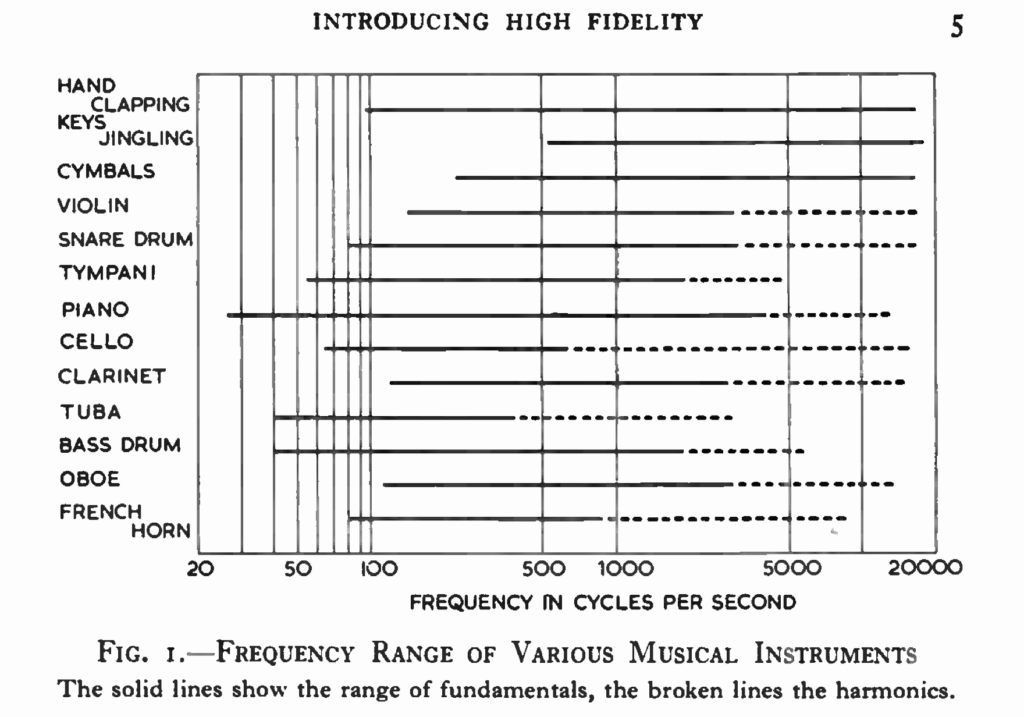
Sixty-four years later, an infinite number of online broadcasting hours occurs each day, but the truth remains that for the concert-starved outside of major entertainment centers, deep listening on hi-fi systems fills a deep need.
Brown begins with some very simple stuff that bears repeating:
“First, it should be clearly understood that high fidelity results are not likely to be obtained from a single unit of furniture. Much is sacrificed when the loudspeaker is mounted in the same cabinet as other, equally vital parts, and the novice should remember that a separately housed loudspeaker is a fundamental requirement. This means a minimum of two pieces of furniture. With the wide range of elegant and often inexpensive cabinets now available, however, there should be no difficulty in finding an arrangement to meet individual tastes. Secondly, most of the components of a high fidelity installation — amplifiers, pick-ups, loudspeakers and so on — are sold separately for the enthusiast to incorporate in his own installation.”
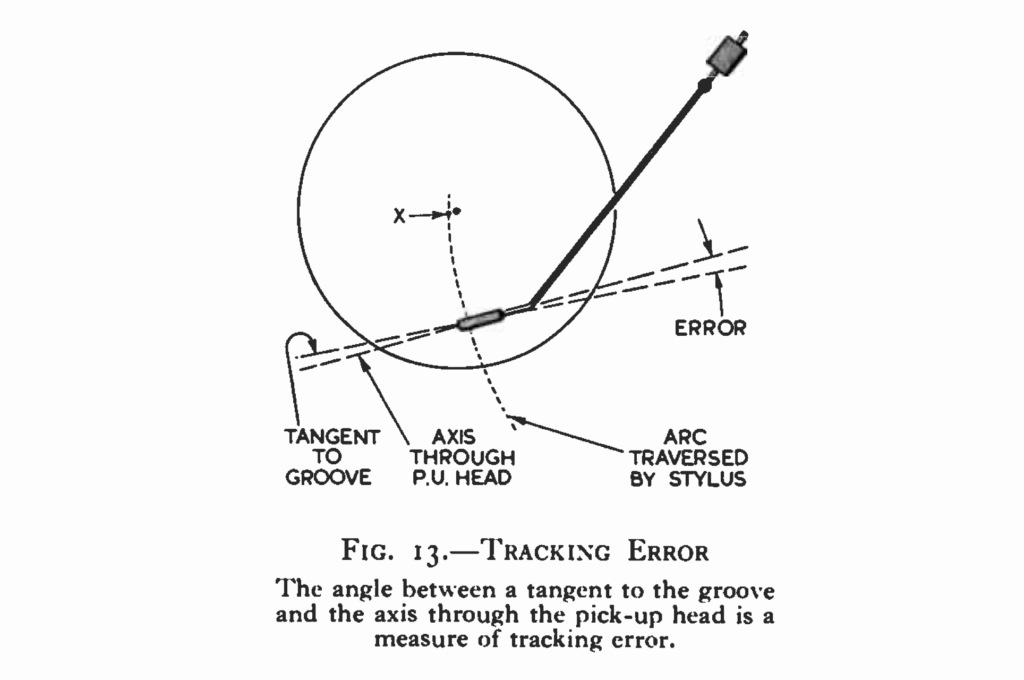
He defines sound in a precisely conveyed paragraph:
Sound is the effect on the ear of variations in air pressure. It can travel in various mediums, but we are concerned only with its propagation in air, in which it has avelocity of 1,100 ft. per second (approximately). The pressure variations are caused by an object vibrating and subjecting the surrounding air to alternate compression and rarefaction. The air particles are thus agitated backwards and forwards in the path of what we call the sound wave.
A perfect scroll-through time-passer for those on jury duty, in waiting rooms, or chilling on a Monday night, you’ll exit this book knowing a lot more about hi-fi systems and strategies for improving the sound in your life.
To get a better sense of the knowledge available in Intro to Hi-Fi, here’s an index page.
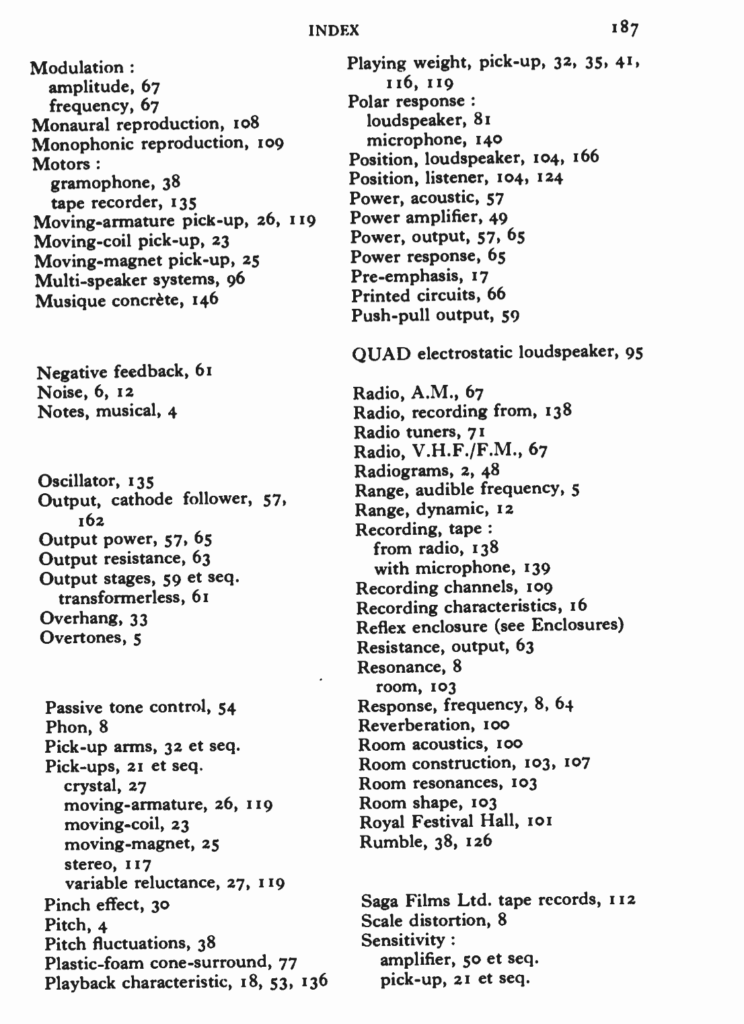
Read Introduction to Hi-Fi by Clement Brown here.






